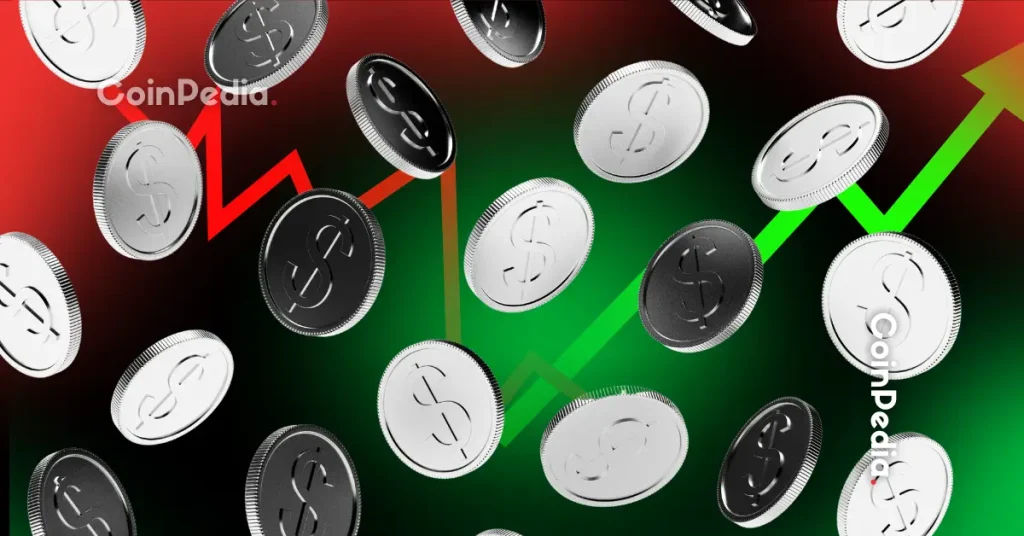Visa unveiled a pilot project designed to test the integration of stablecoins into its global payments network. The effort aims to reduce settlement times for cross-border transfers from days to minutes.
At SIBOS 2025, Visa announced that it will begin testing a new method for companies to fund foreign payments by enabling them to utilize stablecoins rather than making cash deposits in local accounts beforehand.
According to the credit card service firm, the integration of stablecoins signals that large companies, such as banks and remittance companies, will start accepting digital tokens.
Mark Nelsen, Head of Product at Visa’s Commercial and Money Movement Solutions, said in an interview with Reuters that the Genius Act changed the landscape by making everything legitimate. He added that regulatory clarity was uncertain among all the major institutions.
Visa expands stablecoin use to transform payments
1/ We are excited to announce that Visa has expanded our stablecoin settlement capabilities to merchant acquirers launching pilots with @Worldpay_Global and @Nuvei utilizing the Solana blockchainhttps://t.co/E0TjMO5xiH
— Cuy Sheffield (@cuysheffield) September 5, 2023
According to Visa, cross-border money transfers rely on cumbersome and expensive processes that lock up funds. The experiments utilized stablecoins as a new funding source to reduce friction, facilitate quicker access to liquidity, and grant financial institutions greater flexibility in managing global distributions.
Chris Newkirk, President of Commercial & Money Movement Solutions, said, Cross-border payments have been stuck in outdated systems for far too long. He added that with Visa Direct’s new stablecoin integration, money will flow instantly around the globe, providing businesses with more options for making payments.
On April 30, Jack Forestell, Chief Product and Strategy Officer, stated that stablecoins have the potential to transform the world’s financial system and usher in a day when payments can be made even more easily and securely, when combined with fintech technological infrastructure.
“Visa has been working on integrating stablecoins into our existing network and treasury systems and piloting the ability for clients to fulfill their VisaNet settlement obligations using stablecoins, starting with USDC.”
Jack Forestell– Chief Product and Strategy Officer, Visa
Forestell emphasized that when the firm piloted allowing clients to settle their obligations in USDC, the Credit Card Service Corp became one of the first payment networks to settle transactions in a stablecoin. He added that the payment solution firm has cleared over $225 million in stablecoin volume among participating clients using the corporation’s network.
Visa emphasized that its current focus is on scaling the integration of existing tokens across its ecosystem, from cards and merchant settlements to direct bank connections, strengthening the stablecoin network to boost settlements.
The payment processing company highlighted that some incumbents are focusing on collaboration instead of competition, turning stablecoins into a tool to reinforce their own infrastructure.
One company spokesperson highlighted the potential to improve settlement infrastructure by referring to it as “real-time, programmable money movement across billions of endpoints.” He added that selected partners are already conducting testing, and the pilot program is expected to have limited availability by April 2026.
On-chain data revealed that the circulation of fiat-backed stablecoins has been steadily increasing, reaching a record $251.08 billion in September 2025. The rise is a substantial rebound from the supply plateau that occurred between mid-2022 and late 2023, when it was approximately $120 billion.
The total transaction volume hit $1.4 trillion, with an adjusted volume of $271.2 billion over the last seven days. Users conducted more than 283 million stablecoin transactions, and nearly 18.1 million unique addresses were active during the same period. Visa processed a total of $5.6 trillion in transactions and 1.1 billion transfers over the past 30 days.
Visa maintains a market capitalization of $655.35 billion and trades at a trailing P/E ratio of 33.20 with a forward P/E of 26.25. Profitability metrics remain strong, with a 52.16% profit margin, a return on equity of 51.75%, and a diluted EPS of 10.26.
Performance returns have been solid across multiple time horizons. As of September 29, 2025, the payment processing company recorded a 1-year return of 24.45%.
Sign up to Bybit and start trading with $30,050 in welcome gifts
















 English (US)
English (US)